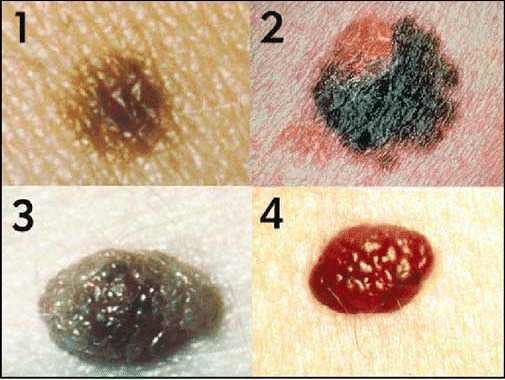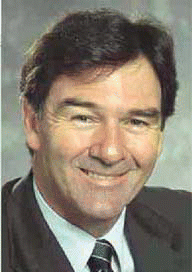As summer draws to a close, the warm-weather message to wear sunblock and shield your skin from UV rays quiets down—but the risk of developing skin cancer remains. ENToday spoke to several skin cancer experts, who shared some tips for evaluating hard-to-diagnose lesions on the head and neck and offered a look at new treatments under investigation.
Explore This Issue
September 2006
There are three main types of skin cancers found on the head and neck: basal cell carcinoma (BCC), squamous cell carcinoma (SCC), and melanoma. “BCC occurs most frequently, accounting for about 65 to 70 percent of skin cancers,” said Christopher O’Brien, MD, Director of the Sydney Cancer Centre in Australia. “It is usually found on sun-exposed areas of the face—around the cheeks and nose and the inner angle of the eyes and ears.”
Twenty-five to thirty percent of patients have SCC that is usually found on the lower lip and ears. “BCC and SCC are more prevalent in 60+ males of fair complexion,” said Dr. O’Brien. “Although melanoma is seen throughout all of the adult decades, it is more likely to affect younger patients in their 30s and 40s than BCC and SCC.” Skin cancer can also develop in dark-skinned people and people lacking significant sun exposure. Certain patient groups, such as organ transplant recipients, immunosuppressed patients, long-term survivors of childhood and adolescent cancers, and those with xeroderma pigmentosum are at higher risk for developing skin cancers.
Diagnosis: Biopsy Is Gold Standard
Fortunately, BCC and SCC can be treated and cured if detected early. Even melanoma has a high cure rate when diagnosed at the in situ stage, according to the American Cancer Society (ACS). “The gold standard for a definitive diagnosis is still biopsy of the primary with postoperative margin assessment [POMA],” said Randal Weber, MD, Professor and Chairman of the Department of Head and Neck Surgery at University of Texas M.D. Anderson Cancer Center in Houston. “Shave biopsies of pigmented lesions should never be performed.”
For small, local skin cancers, most otolaryngologists–head and neck surgeons do an excisional biopsy incorporating the full thickness of the skin and a minimum of surrounding normal skin. Although the biopsy is done in an office-based surgical procedure using local anesthesia, the tissue must be sent out to a pathologist for verification.
“Most patients will see their primary care physician or a dermatologist first if they suspect skin cancer. Consequently, most otolaryngologists tend to see patients with more advanced stage, larger cutaneous cancers that may have metastasized.” – —Christopher O’Brien, MD

Leave a Reply